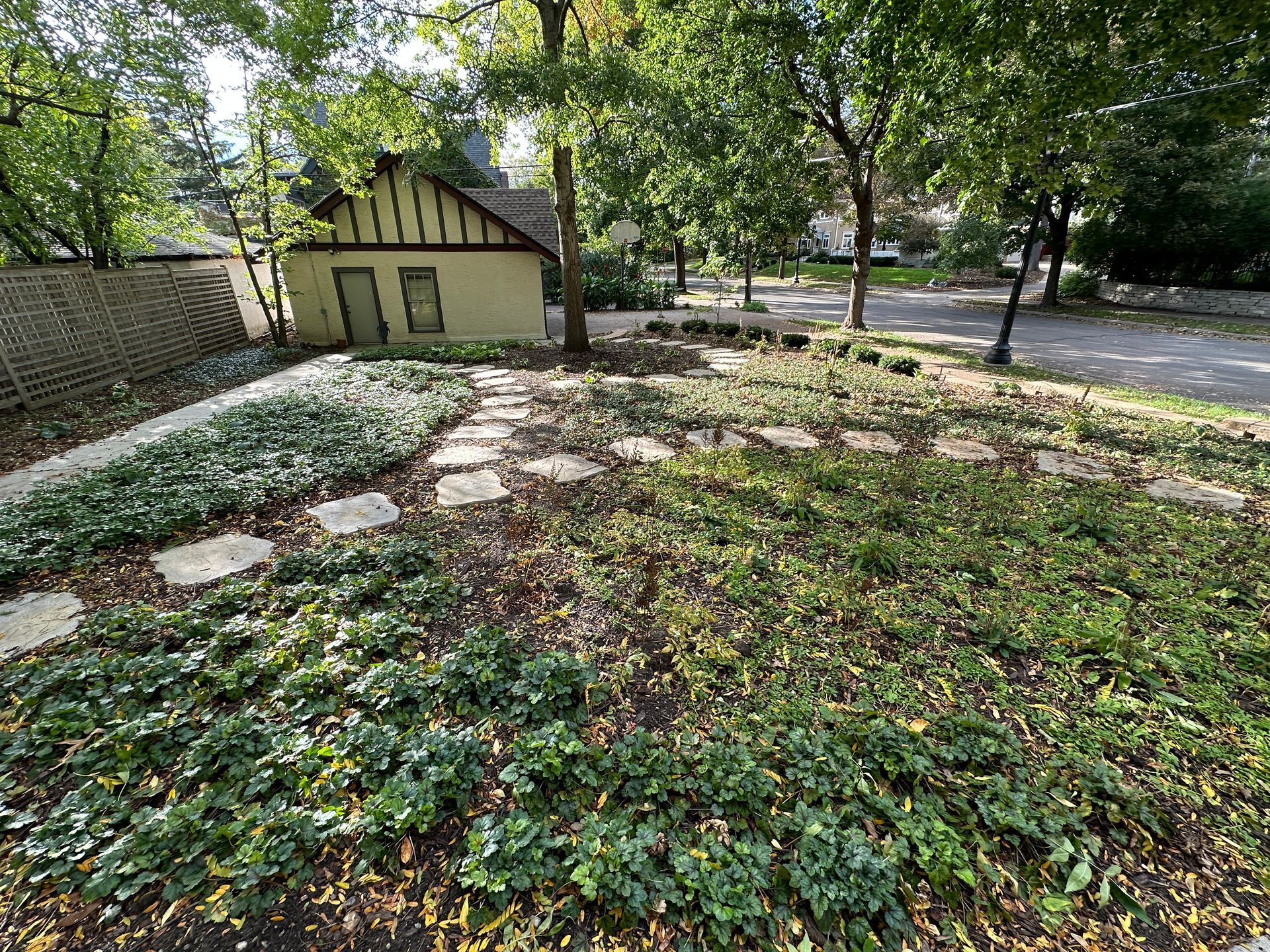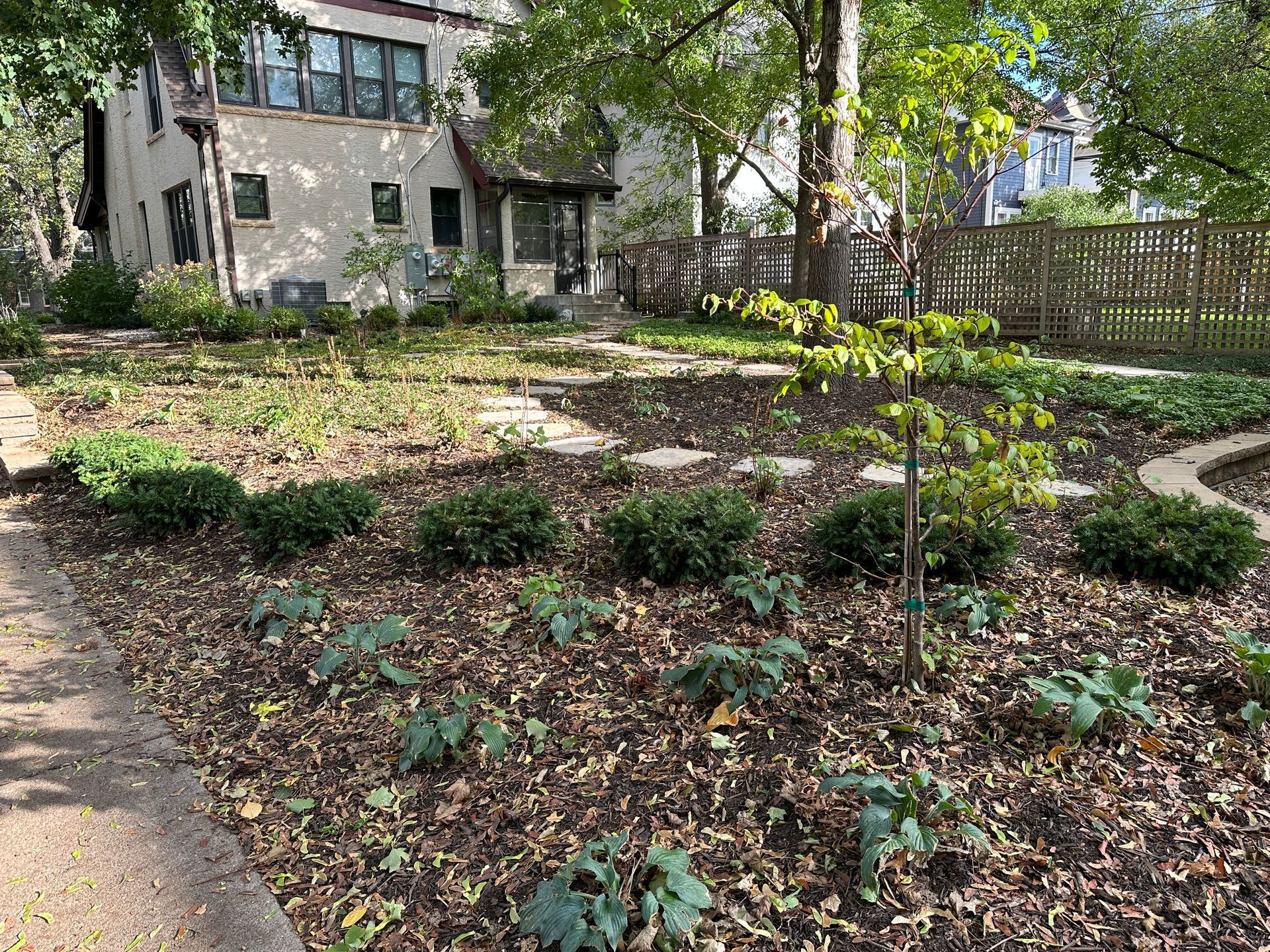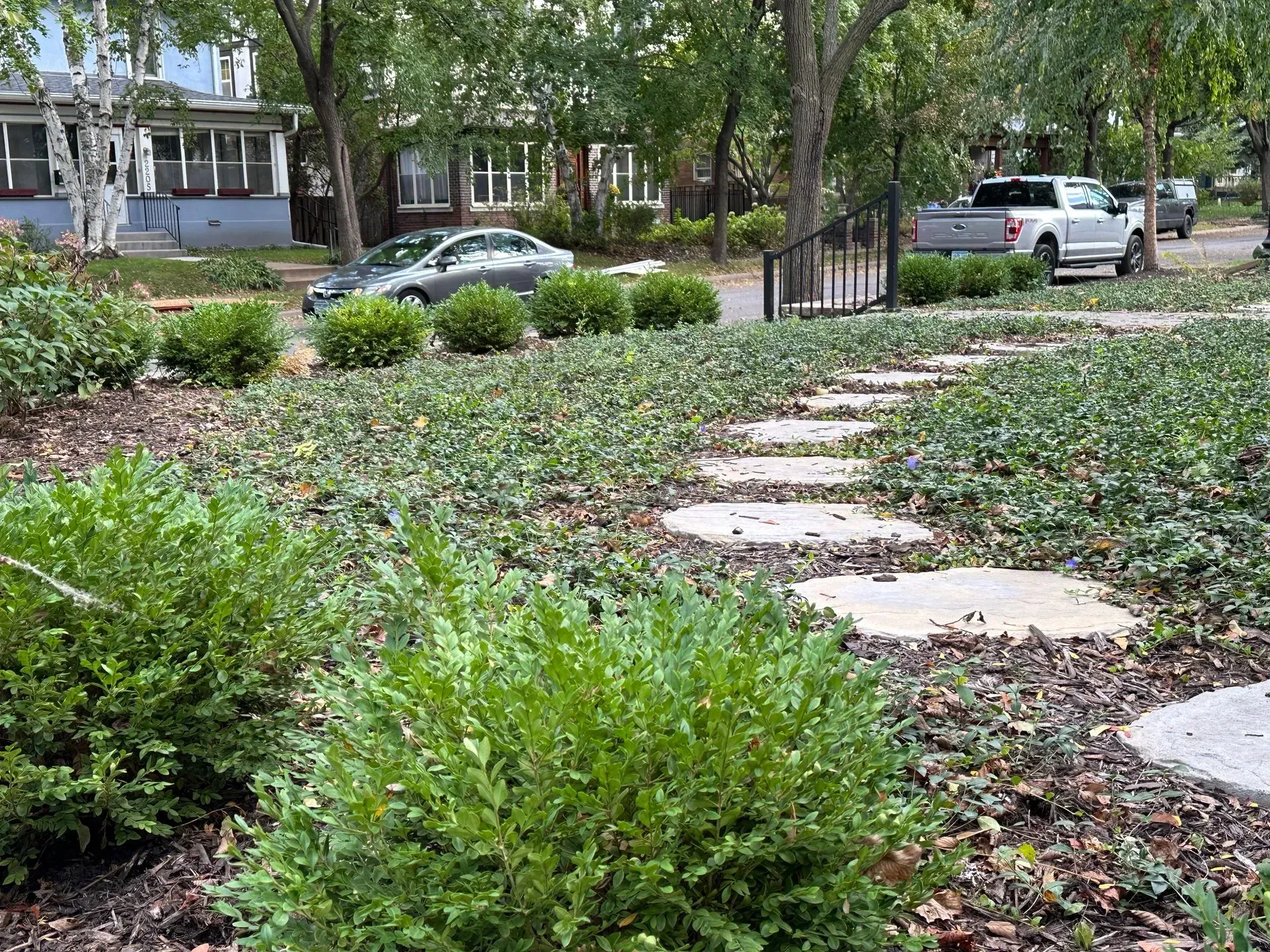Low Maintenance Front Yard Landscaping Ideas
Revamping your front yard into a low maintenance landscape design can significantly decrease the time and effort you spend on gardening while simultaneously elevating the visual appeal of your property.
By approaching landscaping strategically, you can reduce the need for frequent maintenance and instead focus on enjoying your outdoor space.
By approaching landscaping strategically, you can reduce the need for frequent maintenance and instead focus on enjoying your outdoor space.
This comprehensive guide provides practical and effective ideas for creating a front yard that is visually appealing and requires minimal upkeep.
From selecting suitable materials to choosing plants that flourish with minimal care, these tips aim to simplify your gardening routine. By implementing these strategies, you can cultivate a stunning landscape that resonates with your lifestyle and aesthetic preferences, ensuring that your home's exterior remains inviting and easy to maintain.
Reduce or Eliminate Grass
Large expanses of grass can demand significant maintenance, especially during the hot summer months. Consider replacing some or all of your lawn with low-growing groundcovers, gravel, or decorative stone. These alternatives save you time on mowing, watering, and fertilizing, shifting your landscape to a more low maintenance design.
Gravel and
decorative stones
offer a durable solution that reduces your gardening chores while providing a stylish look. Conversely, groundcovers spread quickly, covering large areas with attractive foliage and flowers, often requiring minimal upkeep.
Plant Drought-Tolerant Plants
Opting for plants that are native to your region and require little water is a smart choice for any low maintenance landscape design. These plants will reduce your water bill and time tending to your garden.
Drought-tolerant plants
like succulents, cacti, ornamental grasses, and hardy perennials thrive with minimal intervention, making them ideal for busy homeowners.
Select species that adapt well to your local climate conditions and soil type, ensuring they grow with little care. Position these plants in your garden where they can maximize their growth potential without frequent watering.
Use Mulch
Applying mulch is an effective strategy to enhance the health of your plants while reducing maintenance needs. Mulch helps retain soil moisture, suppresses weed growth, and stabilizes soil temperature.
By creating a barrier between the soil and the air,
mulching
prevents water evaporation and keeps weeds from taking root, which means less watering and weeding for you.
Ensure you spread a thick layer of mulch around your plants, but keep it a few inches away from plant stems to avoid rot. Choose organic mulches like bark or straw that decompose over time, enriching the soil with nutrients and fostering an ideal growing environment for your plants.
Install a Drip Irrigation System
Installing a drip irrigation system is brilliant for any gardener looking to save time and increase efficiency. Unlike traditional sprinklers, drip irrigation systems deliver water directly to the plant roots, ensuring that every drop serves its purpose.
This direct delivery system minimizes evaporation and runoff, making it far more efficient. Focusing on the root zone ensures plants receive the hydration they need without wasting water. Such systems are easy to install and can be adjusted to accommodate the specific needs of your plants, further enhancing your garden's efficiency.
Add Rocks and Stones
Introducing rocks and stones into your landscaping not only adds aesthetic appeal but also serves practical purposes. These natural elements require no ongoing maintenance, such as watering or fertilizing, and they help define and organize your space.
Use them to create attractive pathways, design borders, or construct dry creek beds. Rocks and stones naturally blend into the landscape, enhancing the overall look while helping to suppress weeds and stabilize the soil. Their durability and natural appearance make them an excellent choice for creating a visually exciting and low-maintenance garden.
Incorporate Hardscaping Elements
Hardscaping features like patios, walkways, and walls bring structure and style to your yard. These elements define spaces, improve accessibility, and even create microclimates within your garden. For those seeking a low-maintenance solution, choosing the suitable materials is key.
Pavers, concrete, and stone are durable, require minimal upkeep, and withstand the elements, providing lasting beauty with little care. Strategically placed hardscaping can also reduce lawn areas, decreasing the need for frequent mowing and watering.
Opt for Perennial Plants
Incorporating perennial plants into your front yard design can significantly reduce maintenance while ensuring your garden remains vibrant year after year. Perennials grow back each season without the need for replanting, unlike annuals, which must be replanted every year. This featu re makes them an ideal choice for a low-maintenance landscape.
Choose perennials well-suited to your local climate and soil conditions to maximize their growth potential and minimize care. These plants provide lasting structure and color, reducing the need for frequent garden updates and enhancements.
Create a Container Garden
Container gardening is a versatile and low-maintenance option for your front yard. It allows you to control the soil, water, and exposure to sunlight, making it easier to manage plant health. Containers can be moved to optimize growing conditions throughout the year and filled with various plants, from flowers to shrubs.
This approach minimizes weed issues and soil-borne diseases. Plus, it adds a decorative element to your landscape, allowing for easy customization and updates to your outdoor aesthetic without requiring extensive digging or replanting.
Implement an Automatic Lighting System
Installing an automatic lighting system can add functionality and beauty to your front yard with minimal effort. These systems can be set on timers or equipped with sensors to turn on and off automatically, providing security and aesthetic lighting without manual intervention.
Solar-powered lights
are an excellent option, requiring minimal wiring and minimal maintenance. This addition enhances the visual appeal of your landscape at night and ensures your yard is well-lit and safe while reducing the need for regular upkeep.

Your Guide to a Hassle-Free Front Yard
Adopting low maintenance landscaping strategies for your front yard can transform your outdoor space into a beautiful, sustainable, and practical area. You minimize labor and costs by choosing elements like drought-tolerant plants, mulch, and efficient irrigation systems.
Incorporating rocks, stones, and hardscaping further enhances aesthetics and functionality, requiring little upkeep over time. These adjustments create an inviting exterior and allow you more leisure time to enjoy the beauty of your surroundings without constant maintenance.
Implement these ideas to ensure your landscape is both stunning and self-sustaining year-round.












